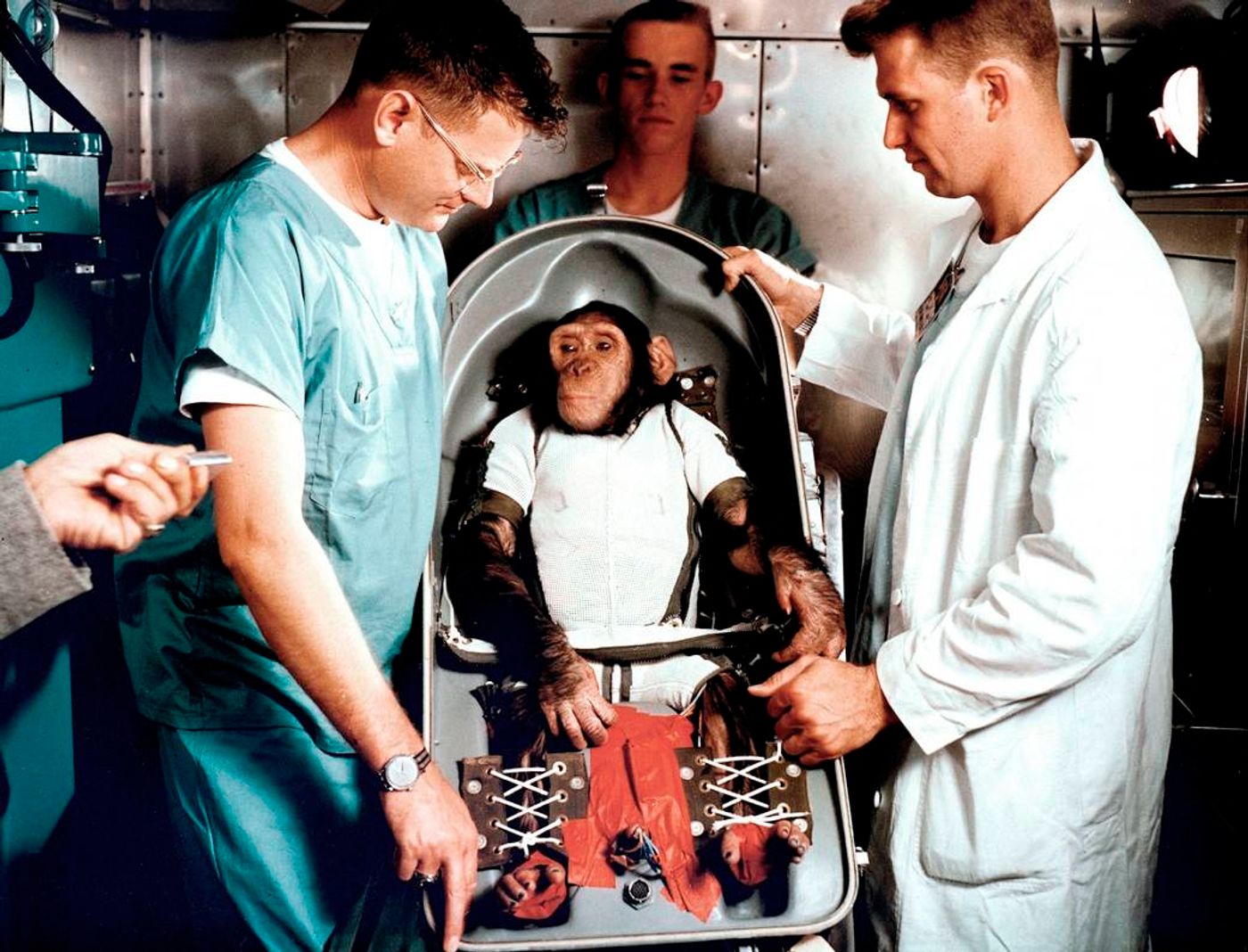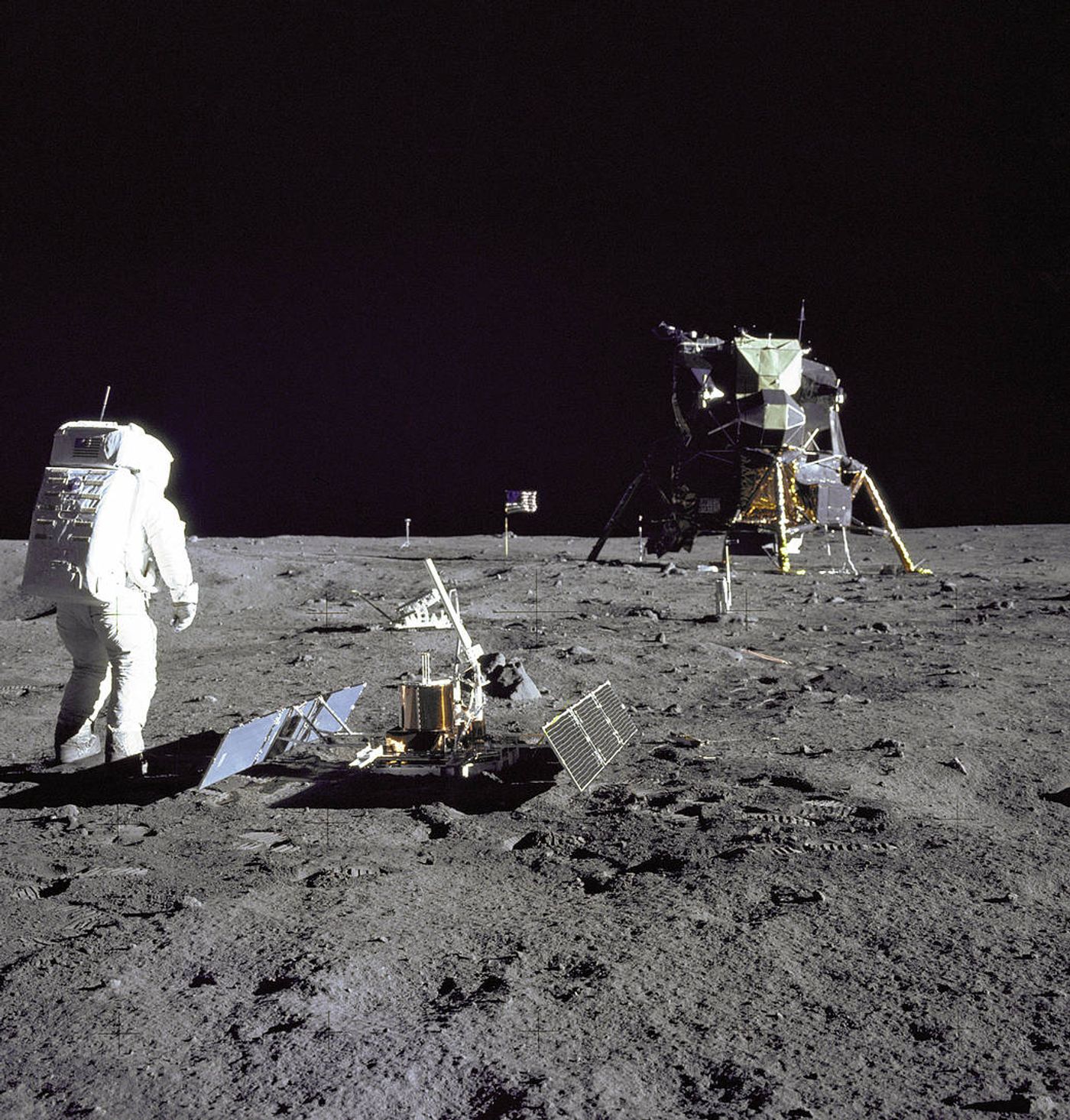The Moon Landing, 52 Years Later
On July 16, 1969 the Apollo 11 spacecraft was launched from Cape Canaveral (Cape Kennedy) Florida. Four days later, astronauts Neil Armstrong and Buzz Aldrin took the first human steps on another planet. A profoundly incredible feat considering the almost incomprehensible speed at which aeronautic technology advanced since the turn of the century.
In 1899 the Wright brothers, Wilbur and Orville, began experimenting with conceptual designs for human flight. On December 14, 1903 the brothers had a design ready to go, but a slight oversteer on Wilbur’s part caused the experimental flyer to take a nosedive right into the sand. A few days later, after making the necessary repairs and putting Orville at the helm, the brothers made a second attempt at flight. They took turns making four successful flights that day, one of which was captured on camera and remains the quintessential image of first flight in the US.
Only 55 years later, in 1958, congress formally established a novel agency - the National Aeronautics and Space Administration (NASA). Fifty-five years from two brothers equipping a glider with a gasoline engine, to the creation of NASA. From there, things progressed quickly.
Project Mercury began almost immediately after the agency was founded with the goal of safely getting humans into space. The first few launches were unsuccessful, but that did not deter anyone. Some of our primate relatives made suborbital flights and one, a chimpanzee named Enos, orbited the earth twice in an Atlas rocket.
Unlike later space capsules, the Mercury rockets only sat one astronaut at a time. The first human piloted mission was flown by Alan Shepard in the Freedom 7 space capsule. If the name sounds familiar, Alan would later go on to command the Apollo 14 mission in 1971 where he famously hit two golf balls on the moon. Mercury successfully made six spaceflights between 1961-1963 and taught the scientists at NASA how to safely put humans in space. However, not everything always works out the way it should.

The Apollo 8 mission was the first to carry humans to the moon and back again, although no attempt was made to land on the surface at that time. Apollo 10 got within 14km of the moon’s surface, just two months before the Apollo 11 mission.
On that day, July 20th 1969, Americans came together in droves to watch Armstrong and Aldrin walk on the moon. At least 10,000 people gathered in Central Park in New York City to watch the world changing news stream while my own father watched from the restaurant where he waited tables. In fact, he lost his job that very day, refusing to miss the moon landing while neglecting his tables in a move he considers, entirely worth it.
We are now at the point where the Apollo 11 mission is almost as far away from us as it was from the Wright brothers first flight. 66 years is all the time it took to advance technology from the glider in North Carolina to the Apollo 11 launch. The last landing was the Apollo 16 mission in 1972, the first and only to carry a trained Geologist -Harrison Schmitt- and we have not been back since.
For many, this mission made science fiction a reality by putting human beings on another planetary body, and for everyone else it set the standard for the future of spaceflight to the moon and beyond.
Sources: The Smithsonian National Air and Space Museum, The National Park Service, NASA, NASA Apollo 1 Investigation, & NBC News
Image Credit: NASA & Library of Congress











